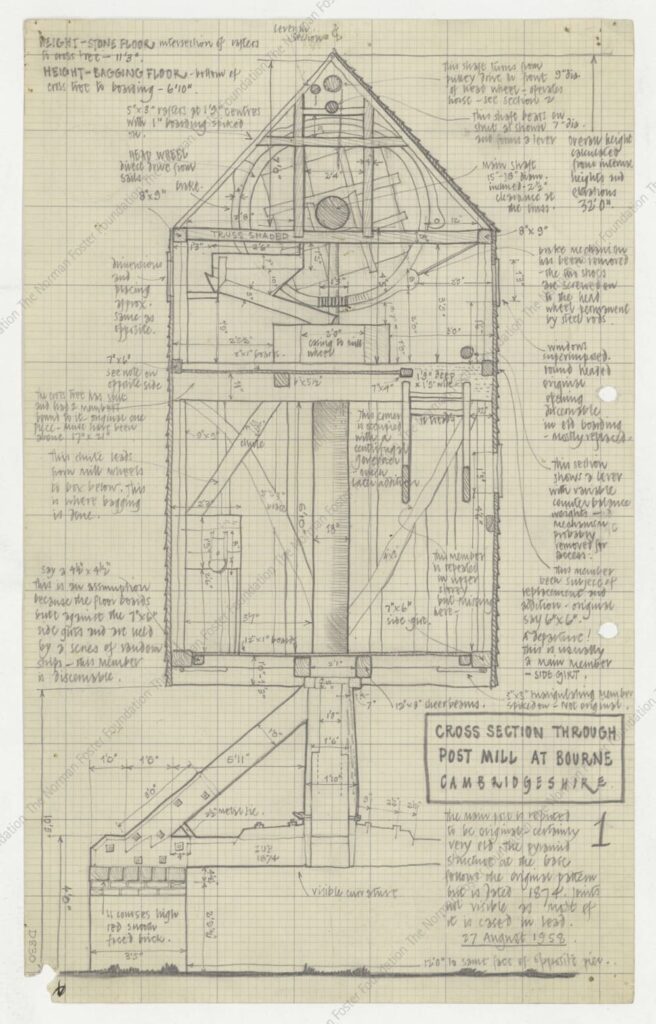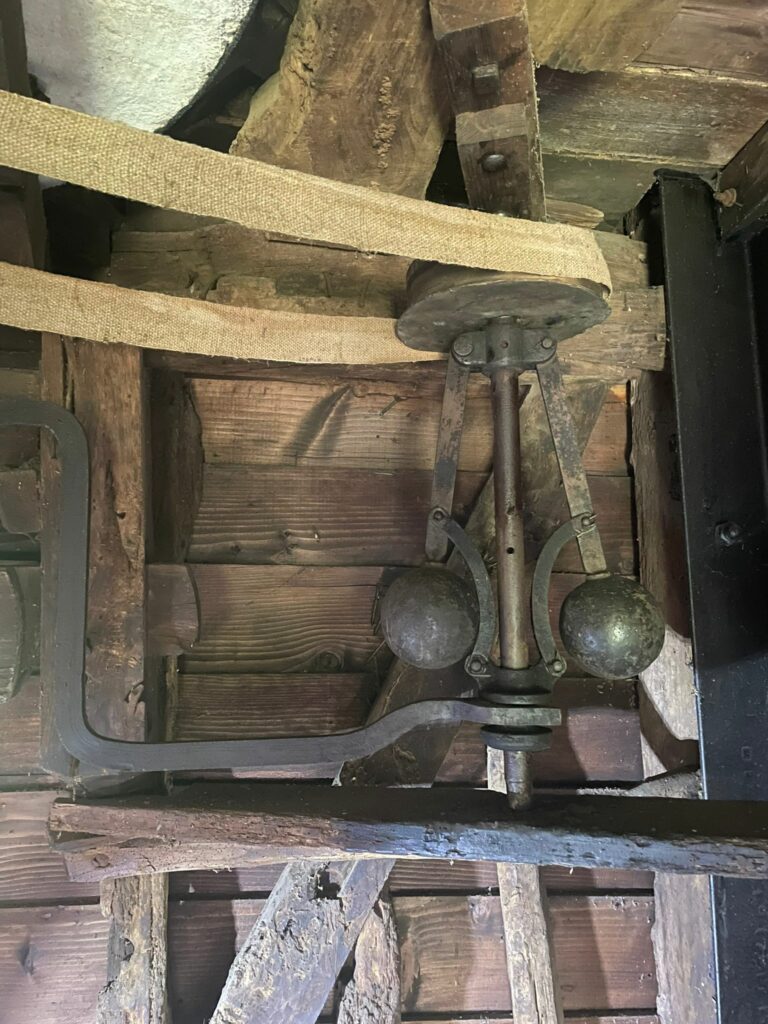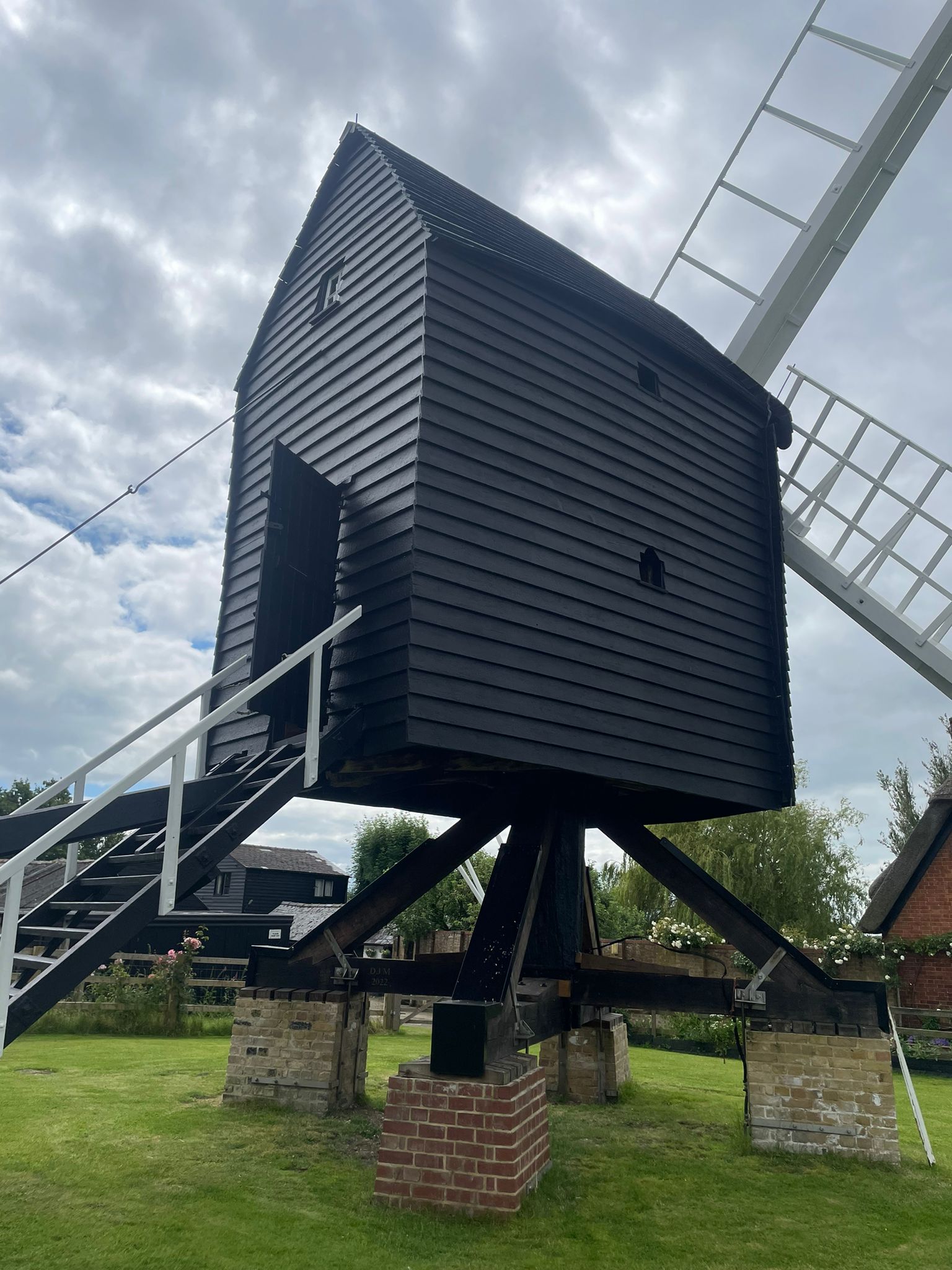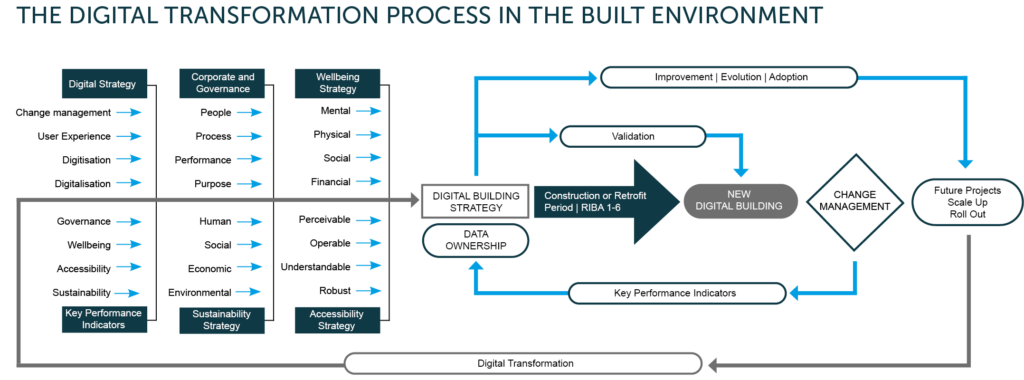Digital Transformation in the Built Environment
Past Present Future: Digital transformation longevity in the modern built environment
I had the pleasure of exploring a remarkable and innovative building that seems to defy the laws of physics. At the time of its construction, it was at the forefront of automation, manufacturing, and technology. The building’s design was so efficient and standardised that it was replicated many times, much like a flat-pack piece of furniture.
Since its inception, the building has undergone numerous technological upgrades and retrofits. These enhancements have not only boosted the efficiency of its production processes but also improved the safety and productivity of the people working within it. This constant evolution has kept the building at the cutting edge of technology.
This building even inspired the great architect Lord Norman Foster. While studying architecture at Manchester University in 1958, Foster prepared drawings of this very building (1). The clever yet straightforward engineering and design truly highlight human ingenuity, demonstrating why such ingenuity is key to our success as a species.
Surprisingly, this building doesn’t boast the modern “smart” features you might expect—no circadian lighting, self-healing power systems, converged networks, solar glass, Wi-Fi, room booking systems, etc etc. In fact, it’s an almost 500-year-old open trestle post mill, the oldest surviving in England, built in the mid-16th century and used for milling grain until 1926.
What makes this building so smart and innovative?
Mills such as this one played a crucial role in shaping our modern world. As an early windmill, it provided medieval society with a reliable energy source, sparking the 13th century Industrial Revolution and fostering a mechanical view of reality that eventually led to the Scientific Revolution (2).
Throughout its history, the mill received various tech upgrades. For instance, its canvas sails, initially manually spanned like a ship’s sails (a dangerous and time-consuming task), were replaced with hinged flaps connected to linkages. This allowed the miller to adjust the sail area safely from inside the mill.
Additionally, in the 1800s, centrifugal governors were installed to automatically raise and lower the 1000kg mill stone based on sail speed, allowing for proportional control—a concept still used in modern control systems.
How is any of this smart?
Think of the phrase ‘beauty is in the eye of the beholder’ and mix in a bit of Einstein’s Theory of Special Relativity. ‘Pardon now?’ I hear you say. A smart building means different things to different people, depending on their daily interactions with it and their job functions. This subjectivity makes defining a “smart building” challenging.
However, history shows that technological advancements bring efficiency and improvements to our lives and workplaces, as demonstrated by the mill. In the modern context, rather than focusing on the term “smart,” we should think about technological transformation—leveraging modern technology to boost wellbeing, comfort, efficiency, productivity, accessibility and sustainability. In the context of a smart building, these are likely to be digital technologies, therefore, digital buildings.
What do you mean by digital technologies?
This is meant in the context of the built environment and includes anything under Cyber-Physical Systems (CPS) or Internet of Things (IoT) umbrellas.
“Cyber-Physical Systems are systems composed of physical systems (hardware), software systems and potentially other types of systems (e.g., human systems). These are closely integrated and networked to deliver some global behaviour” (3)
“The Internet of Things refers to physical objects embedded with sensors that communicate with computers. The IoT enables the physical world to be digitally monitored or controlled.” (4)
Example – The appropriate comfort conditions (HVAC) in a meeting room can be set based on when meetings are actually scheduled (Room Booking System) or if a meeting room is used impromptu (Occupancy Sensing or Room Booking Panel), sending automated notifications (CAFM) to cleaning crews once the meeting room is not in use.
How can we create digital buildings that stand the test of time?
I’m a firm believer in learning from our past to create better futures and had the first-hand witnessing of unsuccessful deployments. By applying critical thinking afterwards as to why these were not a success and learning from the outcomes, we can improve. Here are five recipe items for success based on this process:
- Strategy: A well-thought-out strategy is essential before considering any technology or deployment. Simply deploying tech doesn’t make a building smart or transformed; it requires careful planning. A strategy should address the “why,” “how,” and “what,” serving as a blueprint for the transformation journey.
- Change Management: Successful transformation requires adoption by all organisational functions. It must become an integral part of the company culture.
- Data Ownership: Data is crucial for transformation. The more data you control, the better decisions you can make. For instance, Tesla and BYD lead the EV market because they own all their data, enabling them to innovate faster than competitors. In the words of Jim Farley, CEO of Ford, “we’re lagging behind… “(5).
- Iterative and Agile: Digital transformation, like the mill’s evolving sails, is an iterative and agile process. However, traditional construction methods often clash with this approach. Therefore, the digital transformation strategy should be de-coupled from construction design processes, instead, forming part of the initial brief.
- Journey: Digital transformation is an ongoing journey, not a sprint. It begins long before the building is designed and continues long after it’s handed over to a client.
By following these principles, we can unlock the potential of digital buildings, ensuring they remain innovative and efficient for years to come. But there is a lot to unpack in these five statements, and likely leaving you with more questions than answers.
As such, we are releasing a series of articles, diving into each statement explaining why they are so important and how they fit into the bigger transformational picture. Coming up next month is:
1 – Digital Transformation in the Built Environment: It starts with strategy
Followed by:
2 – Digital Transformation in the Built Environment: We will not change unless we change
3 – Digital Transformation in the Built Environment: Data is now the most valuable asset
4 – Digital Transformation in the Built Environment: Decoupling agile from waterfall for successful deployment
5 – Digital Transformation in the Built Environment: It’s not just about building the building
The key takeaway is earliest engagement as possible with a broad sample and range of internal stakeholders leads to better results.
I’m fortunate to have this gem of a building almost on my doorstep, I didn’t expect it to have sparked so much thought. The parallels between this ancient monument and our modern buildings are uncanny.
Author:
Brahm Lategan
Smart Building Consultant
MiX Consultancy
Copyright
24/06/2024
Sources and credits:
(1) https://www.cambridgeppf.org/history-of-bourn-windmill
(3) https://research.ncl.ac.uk/cplab/aboutthelab/whatarecyber-physicalsystems/
(4) https://www.mckinsey.com/featured-insights/mckinsey-explainers/what-is-the-internet-of-things





